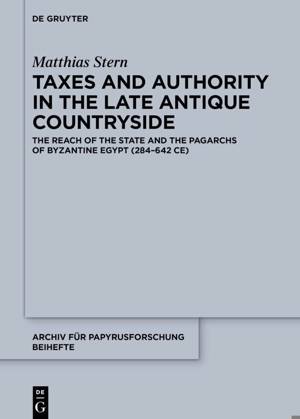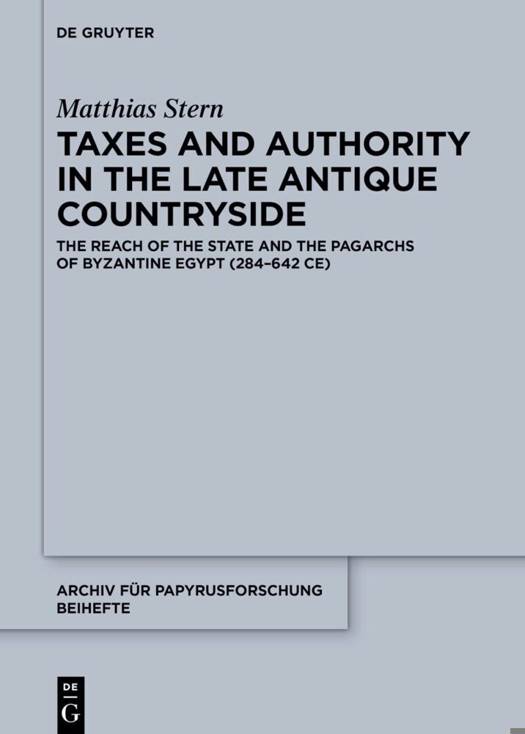
- Retrait gratuit dans votre magasin Club
- 7.000.000 titres dans notre catalogue
- Payer en toute sécurité
- Toujours un magasin près de chez vous
- Retrait gratuit dans votre magasin Club
- 7.000.000 titres dans notre catalogue
- Payer en toute sécurité
- Toujours un magasin près de chez vous
Taxes and Authority in the Late Antique Countryside
The Reach of the State and the Pagarchs of Byzantine Egypt (284-642 Ce)
Matthias SternDescription
How did the late Roman Empire operate in rural areas, where most of its subjects lived? The papyri from Egypt provide glimpses of state activity at the local level, how the countryside responded to it, and thus how "empire" looked on the ground. Since a major motivator for state activity at the local level was tax collection, Taxes and Authority in the Late Antique Countryside homes in on the pagarchs: key fiscal actors at the intersection between provincial, city, and village institutions from the fourth through the seventh centuries CE. The book contextualizes the pagarchs' dealings, backgrounds, and networks from the imperial sphere to the village level, exploring topics such as tax collection procedures in the villages, central accounting and staffing in the cities, the competition of local aristocrats over the countryside, official careers, and local agency versus imperial policy. The result is an analysis of the social mechanics of the fiscal regime in a region of the imperial periphery. Exploring the abundant and diverse papyrological source material, this book offers a uniquely detailed insight into the dynamic relationship between the Roman Empire and local communities in late antiquity.
Spécifications
Parties prenantes
- Auteur(s) :
- Editeur:
Contenu
- Nombre de pages :
- 411
- Langue:
- Anglais
- Collection :
- Tome:
- n° 55
Caractéristiques
- EAN:
- 9783111435923
- Date de parution :
- 27-01-25
- Format:
- Livre relié
- Format numérique:
- Genaaid
- Dimensions :
- 170 mm x 244 mm
- Poids :
- 857 g







